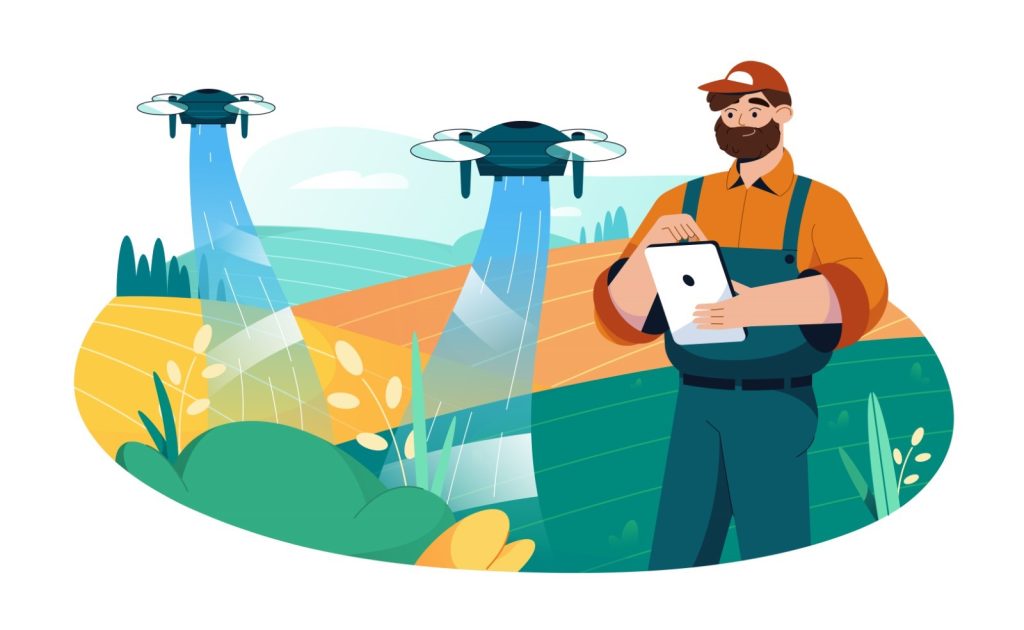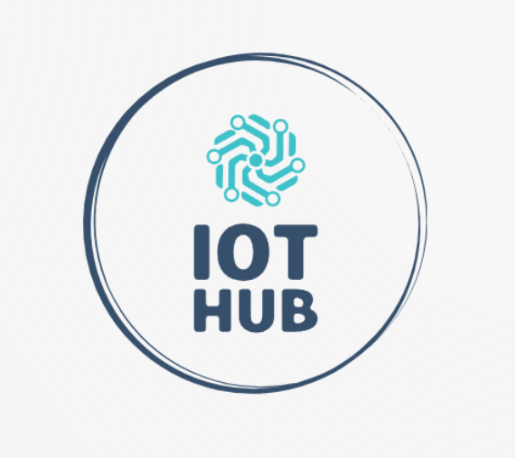Author: Chester J Rahman
In recent years, the integration of technology into agriculture has brought about a transformation known as Precision Farming and Smart Agriculture. At the forefront of this revolution is the Internet of Things (IoT), offering farmers innovative solutions to enhance productivity, optimize resource utilization, and improve overall crop yields.
Precision farming, enabled by IoT, is a meaningful change for modern agriculture. It involves advanced technologies to optimize various aspects of farming, such as planting, irrigation, fertilization, and pest control. IoT devices, including sensors, drones, and smart machinery, play a pivotal role in collecting real-time data that allows farmers to make informed decisions.
One of the key components of precision farming is the deployment of sensors throughout the farm. These sensors collect data on soil moisture levels, temperature, humidity, and nutrient content. This real-time information is transmitted to a centralized system, providing farmers with a comprehensive understanding of their fields. With precise data at their fingertips, farmers can make data-driven decisions to optimize irrigation schedules, fertilization plans, and overall crop health.
IoT-enabled smart irrigation systems are revolutionizing the way water is utilized in agriculture. These systems use data from soil moisture sensors to determine the exact water needs of crops. By automating irrigation processes, farmers can ensure that crops receive the right amount of water at the right time, leading to significant water savings and increased efficiency.
IoT technology also plays a crucial role in precision planting and harvesting. Smart machinery equipped with GPS and sensor technologies allows farmers to precisely plant seeds and harvest crops, minimizing waste and maximizing yields. This level of precision improves productivity and reduces the environmental impact of farming practices.
Drones equipped with cameras and sensors offer a bird’s eye view of the entire farm. This technology allows farmers to monitor crop health, identify areas of stress or disease, and assess overall field conditions. By detecting issues early on, farmers can take proactive measures to address potential problems, leading to healthier crops and increased yields.
While the benefits of IoT in agriculture are immense, there are challenges that must be addressed. Data security and privacy concerns, as well as the seamless integration of diverse IoT devices, require careful attention. Farmers and industry stakeholders must work together to develop robust cybersecurity measures and ensure the interoperability of various technologies.

As technology continues to advance, the future of agriculture looks promising. IoT-driven smart agriculture not only enhances productivity but also promotes sustainability. By optimizing resource use, reducing waste, and adopting eco-friendly practices, farmers can contribute to a more sustainable and resilient agricultural ecosystem. The integration of IoT into agriculture is ushering in a new era of precision farming and smart agriculture. With the power of real-time data, automation, and connectivity, farmers can make more informed decisions, optimize resource utilization, and increase crop yields. As the agricultural industry continues to embrace IoT technologies, we can expect further innovations that will shape the future of farming for generations to come.
